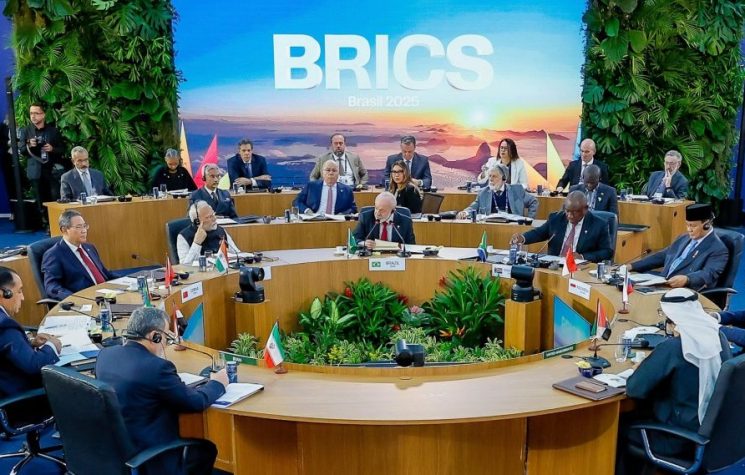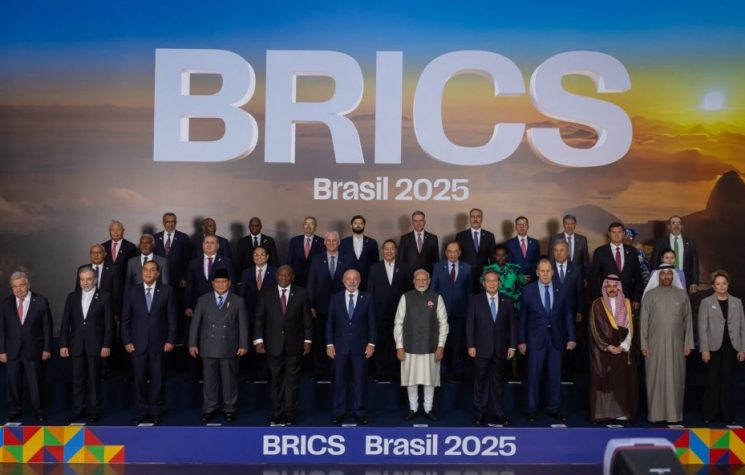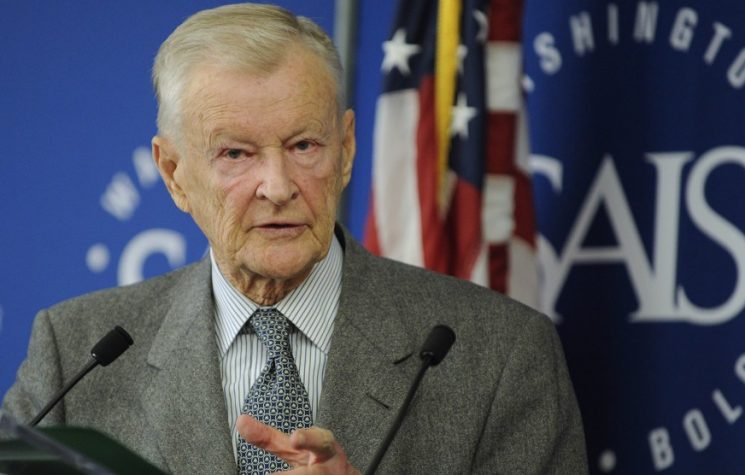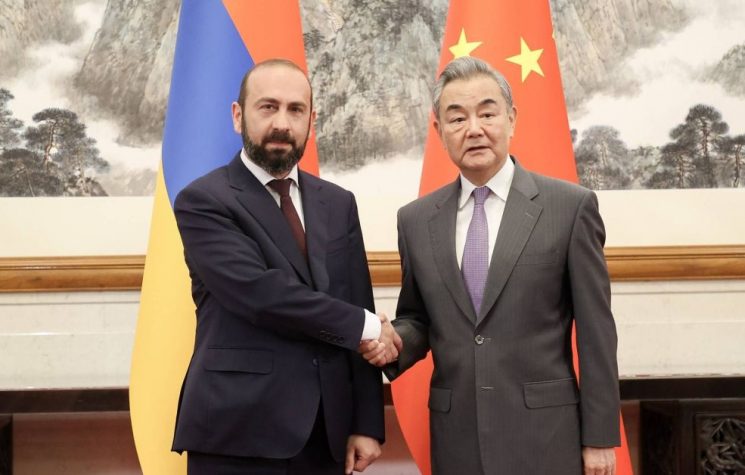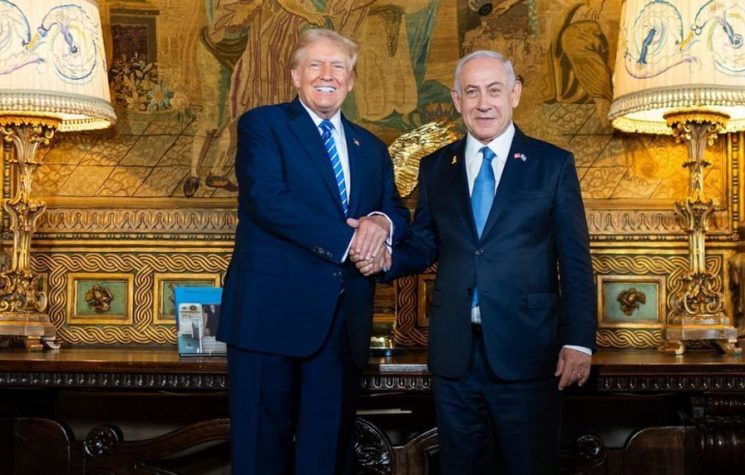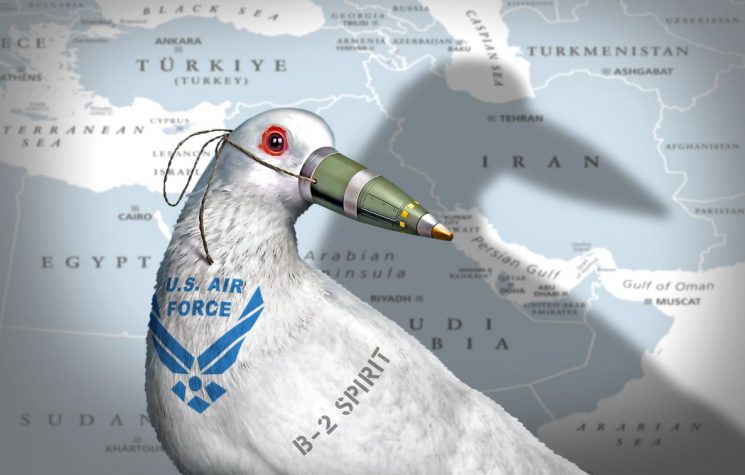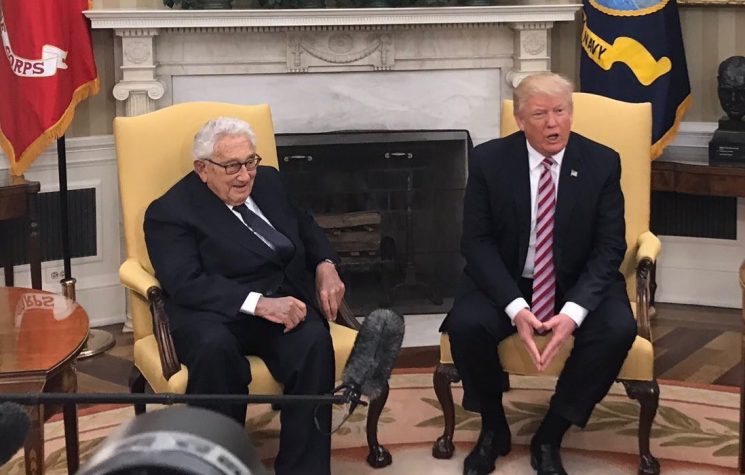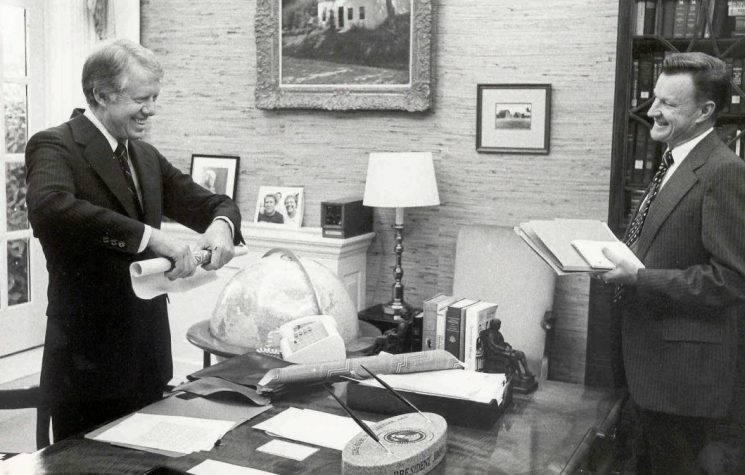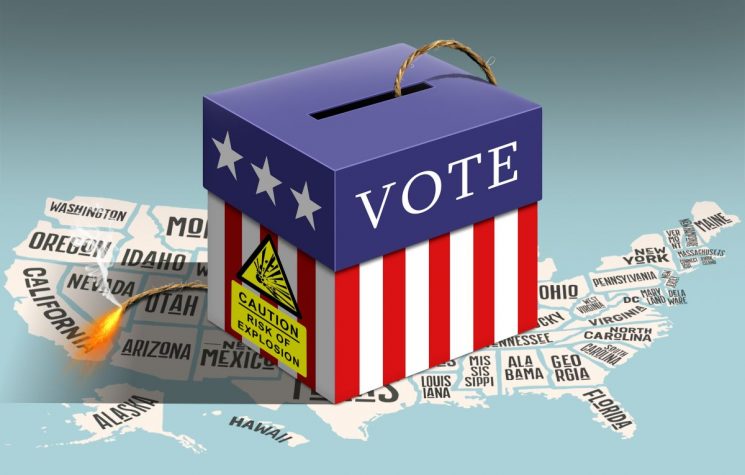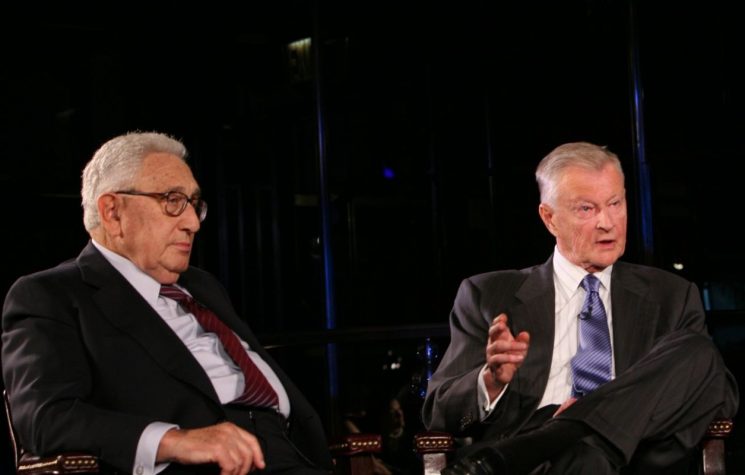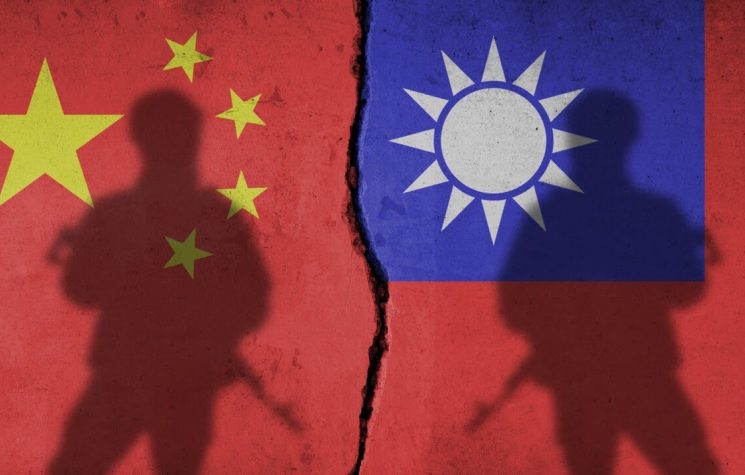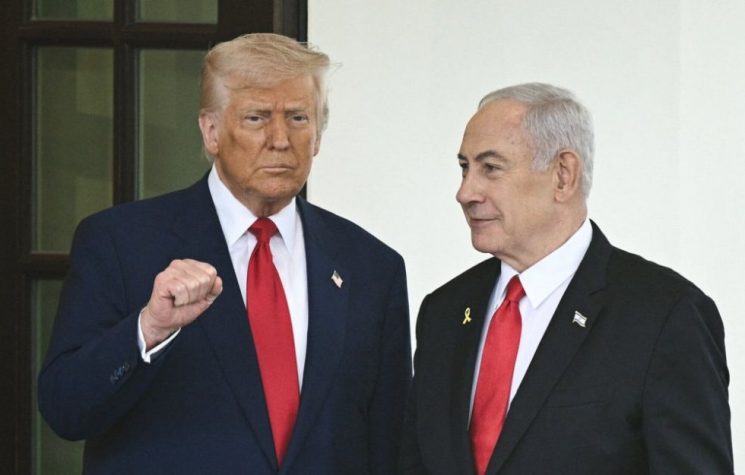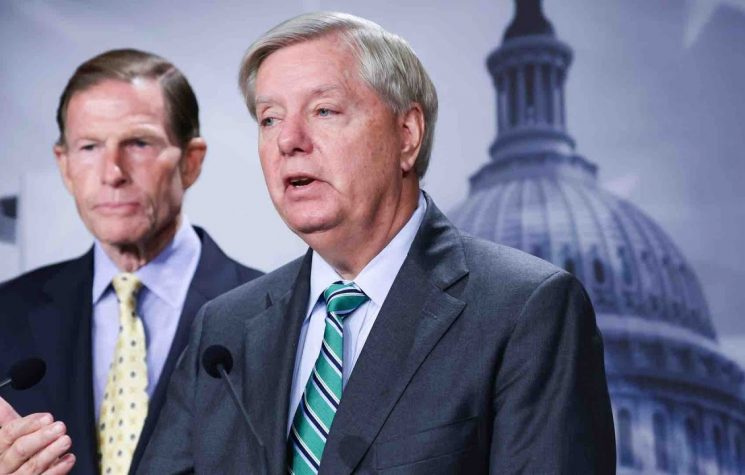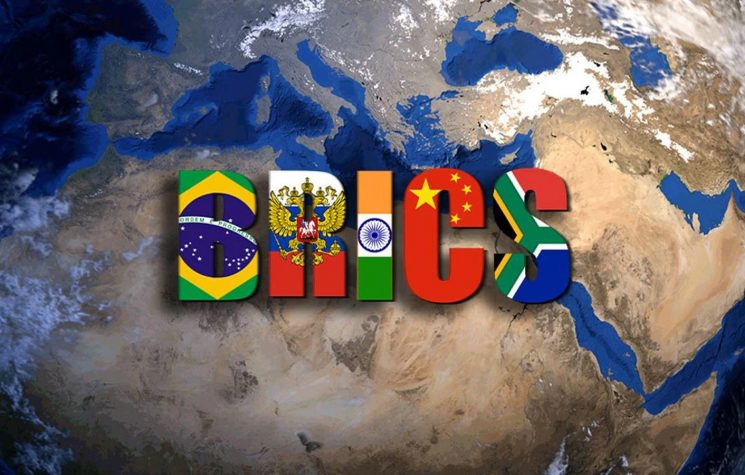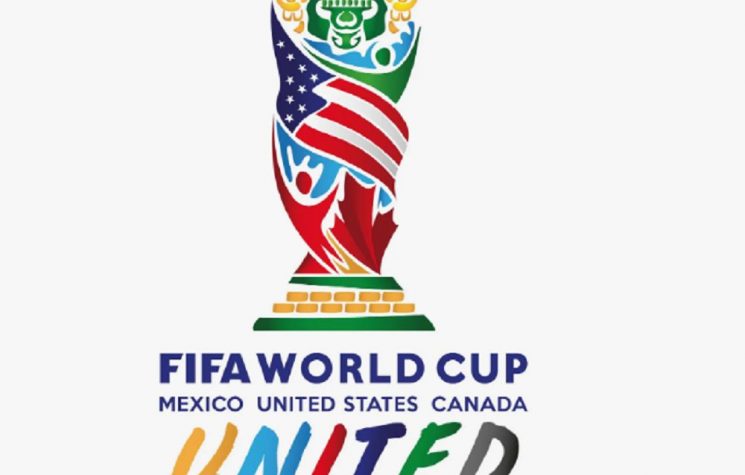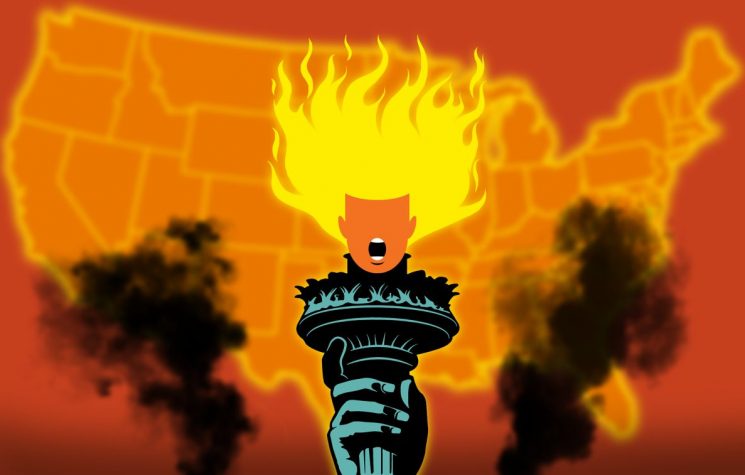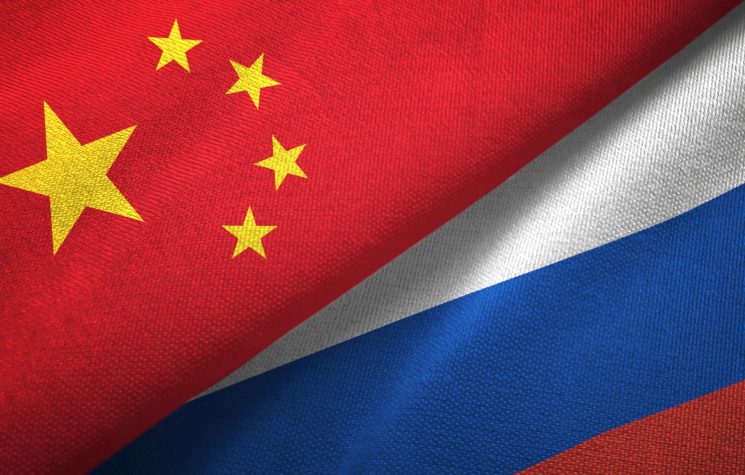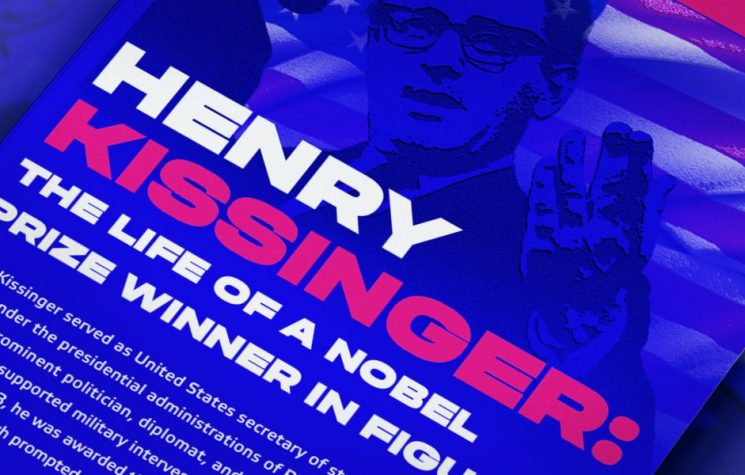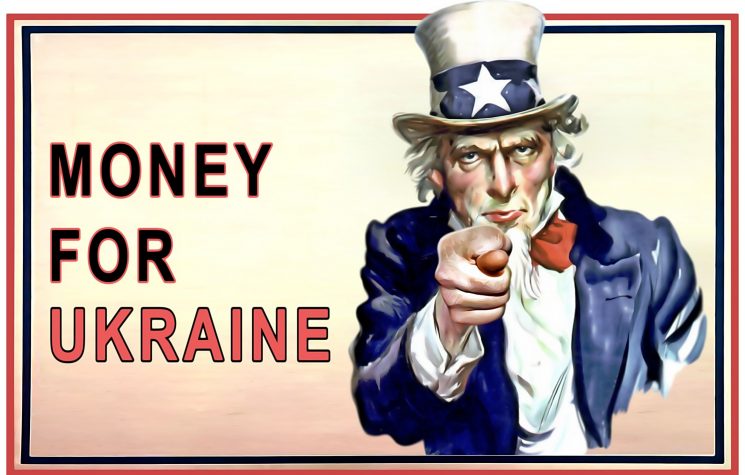It is so long since Brzezinski originally formulated the Mackinder notion, that classical diplomacy has become etiolated.
❗️Join us on Telegram ![]() , Twitter
, Twitter![]() , and VK
, and VK ![]() .
.
In 1997, Zbig Brzezinski, the original ‘driver’ behind the making of Afghanistan as a quagmire of ‘mud’ into which Russia was to be dragged, wrote his celebrated book, The Grand Chessboard. It was a work that ‘forever’ embedded the Mackinder doctrine of ‘he who controls the Asian heartland controls the world’ into the U.S. zeitgeist.
Tellingly, its subtitle was American Primacy and Its Geostrategic Imperatives. Brzezinski had already written in his book that absent Ukraine, Russia would never become the heartland power; but with Ukraine, Russia can and would. Thus, Mackinder’s doctrine, ‘He who controls the heartland’ dictum, was codified into U.S. ‘cannon law’ – never to permit a united heartland. And Ukraine became seen as the hinge around which heartland power revolved.
Brzezinski further ordained that this ‘Grand Game of Chess’ was to be one of pure U.S. primacy: “No, no one else plays”, he insisted; it is a game purely for one. Once a chess piece is moved; ‘we’ (the U.S.) simply turn the board the other way around – and move the other side’s chess pieces (for ‘them’). There is ‘no other’ in this game”, Brzezinski warned.
This is today’s dilemma – It is so long since Brzezinski originally formulated the Mackinder notion, that classical diplomacy has become etiolated.
It was Henry Kissinger however, that gave Mackinder its celebrated twist: ‘He who controls money controls the world’ was to become the dollar and banking financialised hegemony.
But, Kissinger, in this, was wrong from the ‘get go’. It always has been: ‘He who has manufacturing capacity, raw materials, food, energy (human as well as fossil) and sound money can change the world’. But Kissinger simply ignored those adjunct conditions, and based the U.S. instead in the creation of a global ‘spider’s web of weaponised dollars (touch it, and the sanctions gossamer poisons you). Additionally, this system was multiplied through Wall Street parsing out access to trillions in newly created money only to the compliant.
Kissinger did, however, evolve the doctrine of ‘triangulation’ in a nod to Mackinder: The U.S. should seek to ally with either Russia versus China, or be with China, in opposition to Russia. But never to let China and Russia conjoin against the West. The heartland must always be fractured.
These ‘rules’ are imprinted on Washington’s mental circuits. Yet the notions that underpin them have little validity today. Land mass, militarised states (heartland Asia) versus the naval powers (the Atlanticists) hardly reflects today’s more abstract instruments of power.
The dollar-sphere, for one, undoubtedly has been a source of U.S. power (imposing on states the compulsion to buy and hold dollars) ever since the Bretton Woods Accord and the Petro-dollar agreements. It created a massive synthetic demand for the dollar, which initially worked well for Washington. But now, not so much.
It was too good to be true – Print and be damned with the consequences. Debt? No matter; print a little more. Washington overdid it (the political enticement was too great).
And so, dollar ‘hegemony’ has shifted from being a tool of power projection to being the prime source of U.S. vulnerability. Plainly put, Washington’s massive oversupply of dollars and dollar-debt has turned ‘the dollar’ into a distinctly double-edged sword; It cuts against the West now. Financially top-heavy, the western manufacturing base has atrophied and shrunk –triggering a two-tier U.S. society of huge inequalities.
The present conflict in Ukraine has underlined the deficiencies in hegemonic power that specifically arise from a neglected manufacturing base.
Mackinder, were he here today, might thus need to adjust his model, distinguishing between the land that is ‘outside’ the one set of economic policies (the BRICS-led Asian, African and global Southern bloc), and that which is ‘inside’: i.e. within a ‘coastal’ debt-led, consumerist paradigm.
Connected to the aforegoing are the specific costs associated with this excessive weaponisation (i.e. ‘all out’ financial ‘war’). The U.S. Treasury has used multiple variations: debt (to collapse first, Britain’s post-war global standing); weaponised interest rates to ‘cut down to size’ the Japanese economic miracle of the early 1980s. France and the West deployed war to end Gadhafi’s aspirations for a pan-African sphere using a gold Dinar, rather than the Franc or the dollar. And then there was the unprecedented sanctioning of Russia that paradoxically has given rise to a renewed Russian economic strength, rather than financial collapse (as was expected).
Yet here again, we see the incongruity of the double-edge to the ‘sanction sword’: The Wall Street Journal has noted that Europeans are becoming poorer – as a result of lockdowns, but more precisely by joining with Biden’s ‘project’ of financial war,intended to bring Russia to its knees):
In 2008, the eurozone and the U.S. had equivalent gross domestic products (GDP), the GDP gap is now 80%. The European Centre for International Political Economy, a Brussels-based think-tank, published a ranking of GDP per capita of American states and European countries: Italy is just ahead of Mississippi, the poorest of the 50 states, while France is between Idaho and Arkansas, respectively 48th and 49th. Germany doesn’t save face: It lies between Oklahoma and Maine (38th and 39th). The American median salary now stands at one and a half times greater than that of France.
Was it worth the EU leaders mortgaging Europe’s future for the sake of White House solidarity? The sanctions ploy didn’t work, anyway.
Well … the U.S. and the EU are amidst a new twist to the Mackinder geo-strategic ‘story’ of how to prevent a unified heartland from emerging: It is a variant blueprint on the ‘cutting down to size’ Japanese tech prowess: Clearly the ‘Plaza Accord’ tool (1985) of rigging of interest rates against a ‘defeated’ and compliant Japan won’t work for China.
Rather, China is being subjected to a technology siege accompanied by a stigma campaign, in which its leader is being trashed, whilst China’s economy is squeezed with evermore tech that is forbidden for export, or co-operation. Every day, the western MSM celebrates the resultant economic difficulties facing China:
“Its [China’s] meteoric growth has slowed, a brief post-pandemic surge petered out, and analysts point to profound structural issues undermining China’s future prospects. Xi and the ruling clique (sic) are struggling to address the new challenges posed by China’s maturing economy…China’s economy once seemed the new engine of the world [as Japan once did] … but a sense of stagnation is creeping in”.
It is true. The American extended attrition of the Chinese economy has hobbled growth. Chinese exports to both the U.S. and Europe are falling, and youth unemployment indeed is an active concern for the Chinese leadership.
But China well understands that this is war: ‘Strategic Mackinder War’. On a recent trip to Beijing, U.S. Commerce Secretary Gina Raimondo warned that the prevailing uncertainty, stoked also by the tough actions taken by the Chinese government against foreign businesses, is making China “uninvestable” in the eyes of U.S. investors.
Stop! Pause a moment to assimilate what the Commerce secretary said: Adopt our economic model, or we will shun you!
Secretary Yellen too, recently delivered a speech on the U.S.-China relationship, implying that China largely had prospered on the back of this Anglo ‘free workings’ market order, yet now was pivoting toward a state-driven posture – one that “is confrontational towards the U.S. and its allies”. The U.S. wants to cooperate with China, but wholly and exclusively on its own terms, she said.
The U.S. seeks “constructive engagement”, but one that must be subject to the U.S. securing its own security interests and values: “We will clearly communicate to the PRC our concerns about its behaviour … while engaging with the world to advance our vision for an open, fair, and rules-based global economic order”. Yellen finished by saying China must “play by today’s international rules”.
Unsurprisingly, China will have none of it.
It is an exact parallel to what occurred in 2007 at the Munich Security Forum. The West was insisting that Russia acquiesce to the NATO global security paradigm. President Putin challenged the West: “You do: You continuously attack Russia – but we shall not bend”. Ukraine today is the testing ground for that 2007 challenge.
Put simply, Yellen’s speech displays a complete failure to acknowledge that the Sino-Russian ‘revolution’ is not confined to the political, but extends to the economic sphere too. It shows just how important the ‘other war’ – the war to shape an exit from the grip of the western-led global ‘Order’ – is for both Putin and Xi.
Already in 2013, in a speech on lessons learned from the disintegration of the Soviet Union, Xi pinpointed the cause of thisimplosion to “the ruling strata” (with the pivot to the western liberal-market ideology of the Gorbachev-Yeltsin era), that had taken the Soviet Union to nihilism.
Xi’s point was that China had never made this disastrous detour into the liberal western system.
Putin responded, “[China] managed in the best possible way, in my opinion, to use the levers of central administration (for) the development of a market economy … The Soviet Union did nothing like this, and the results of an ineffective economic policy – impacted on the political sphere”.
Washington and Brussels just don’t get it. Plainly put, Xi and Putin’s assessment is that the Soviet disaster was the result of an improvident turn towards western liberalism; whereas, by contrast, the ‘collective West’ sees China’s ‘error’ – for which financialised tech war is being pursued – being its move away from the ‘liberal’ world system.
This analytic mismatch simply is imprinted into Washington’s mental circuits. It goes too some way to explaining the West’s absolute conviction that Russia is so weak and fragile financially, because of the primordial error in eschewing the ‘Anglo’ system.
The culmination: Washington is breaching (its own) Brzezinski Rule Number One: the ‘imperative’ to ensure that Russia and China do not come together, versus the West.
The big question today is whether weaponised tech as a ‘geo-strategic imperative’ to divide the heartland will be any more effective in achieving that end than has been the weaponised dollar.
Last week Huawei launched its new Smart Phone equipped with Huawei’s in-house 9000s processor made by Chinese semiconductor firm SMIC, using a 7nm-class fabrication process. Less than one year ago, when the U.S. introduced its sweeping set of sanctions against the Chinese semiconductor industry, ‘experts’ vowed it would kill the industry, or at least freeze its technological process at the 28nm standard. China now can evidently mass-produce 7nm chips entirely indigenously. The iPhone 14 Pro has 4 nm chips, so China is almost on par, or maybe 1 or 2 years’ behind.
In one move, Arnaud Bertrand notes, China has demonstrated that U.S. efforts to hobble Huawei and the Chinese semiconductor industry have been ineffective. What did the sanctions achieve? They have contributed to building an indigenous semiconductor ecosystem that wasn’t there before sanctions. Other states ‘get it’: source your semiconductors to western firms, and the U.S. will not hesitate to weaponise the industry for geopolitical ends. Buy Chinese, Bertrand says.
This week, China launched a $40 billion investment fund to underpin its semiconductor industry.










